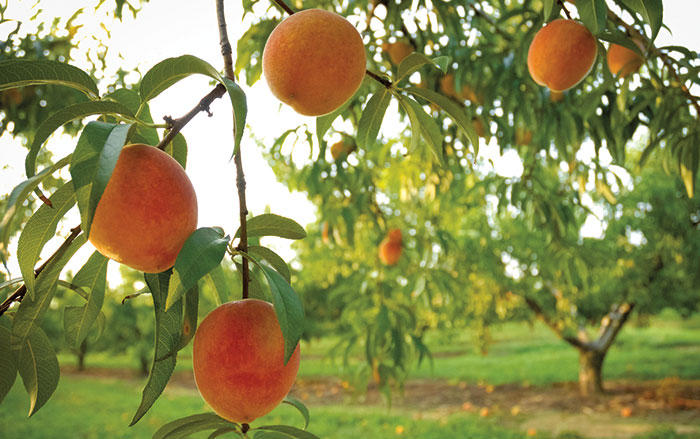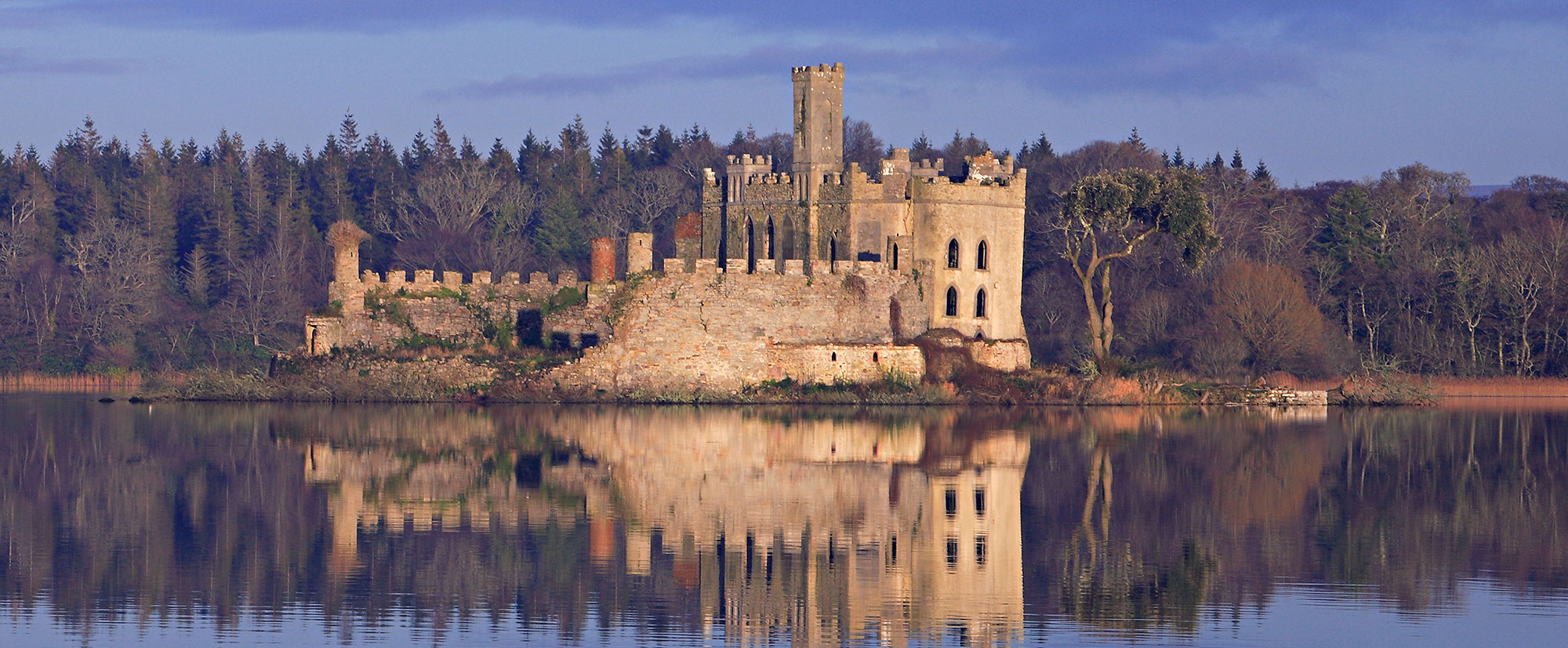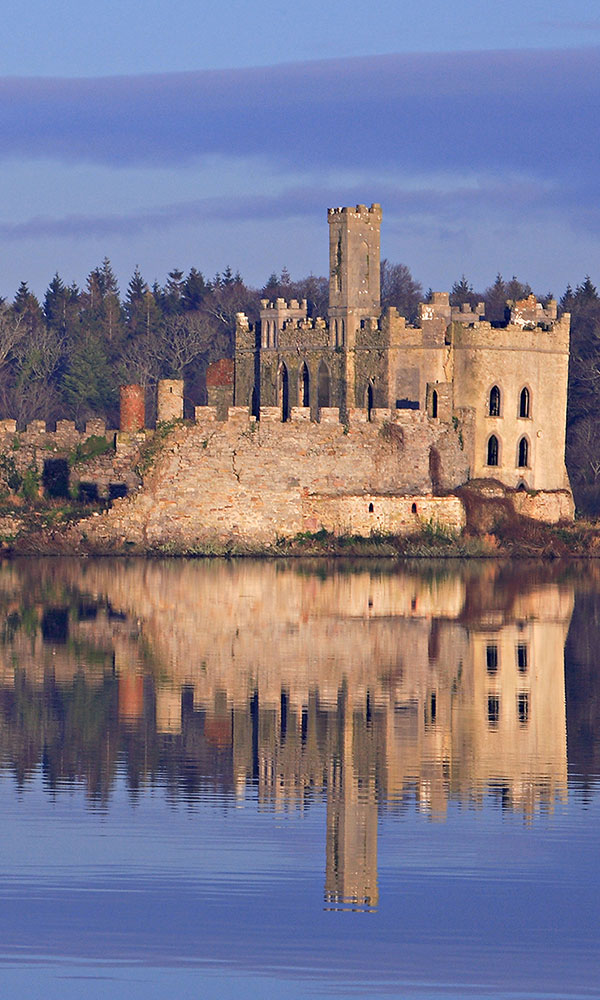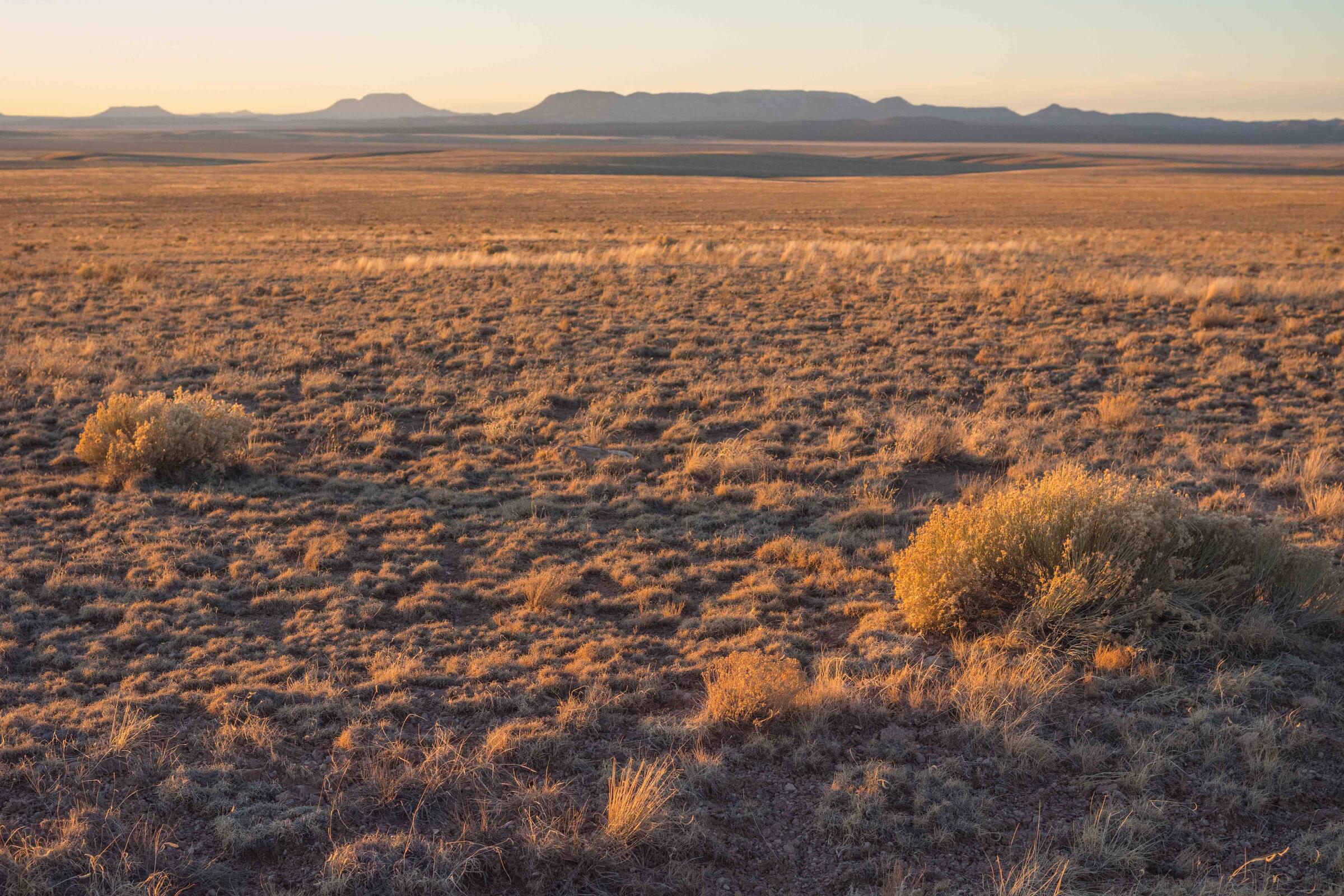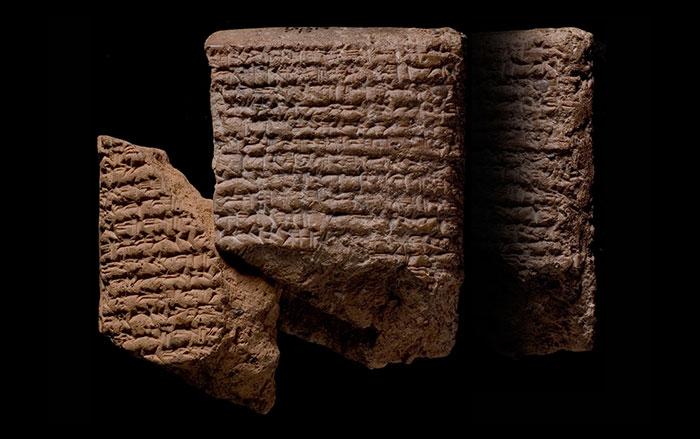
GAINESVILLE, FLORIDA—According to a statement released by the Florida Museum of Natural History, people gathered and feasted at Roberts Island, which is located off Florida’s Gulf Coast, for some 400 years after other feasting sites in the region had been abandoned around A.D. 650. C. Trevor Duke and his colleagues Thomas Pluckhahn of the University of South Florida and J. Matthew Compton of Georgia Southern University compared animal remains from Roberts Island with those found at an older ceremonial site about one mile away at Crystal River. The researchers said that both of these sites were continually occupied by a small group of locals who likely prepared for visitors. Feasters are thought to have traveled to Crystal River to conduct religious ceremonies and ritual burials containing distinctly decorated ceramics, arrange marriage alliances, and enjoy meals of deer, alligator, shark, and other delicacies. In contrast, those who later gathered at Roberts Island ate mostly oysters, perhaps reflecting lower sea levels and cooler, dryer conditions. Duke and his colleagues suggest the ceremonies were moved to Roberts Island in order to be closer to the dwindling food supply. To read about feast gatherings of Britons 4,000 years ago, go to "Neolithic Henge Feasts," one of ARCHAEOLOGY's Top 10 Discoveries of 2019.



